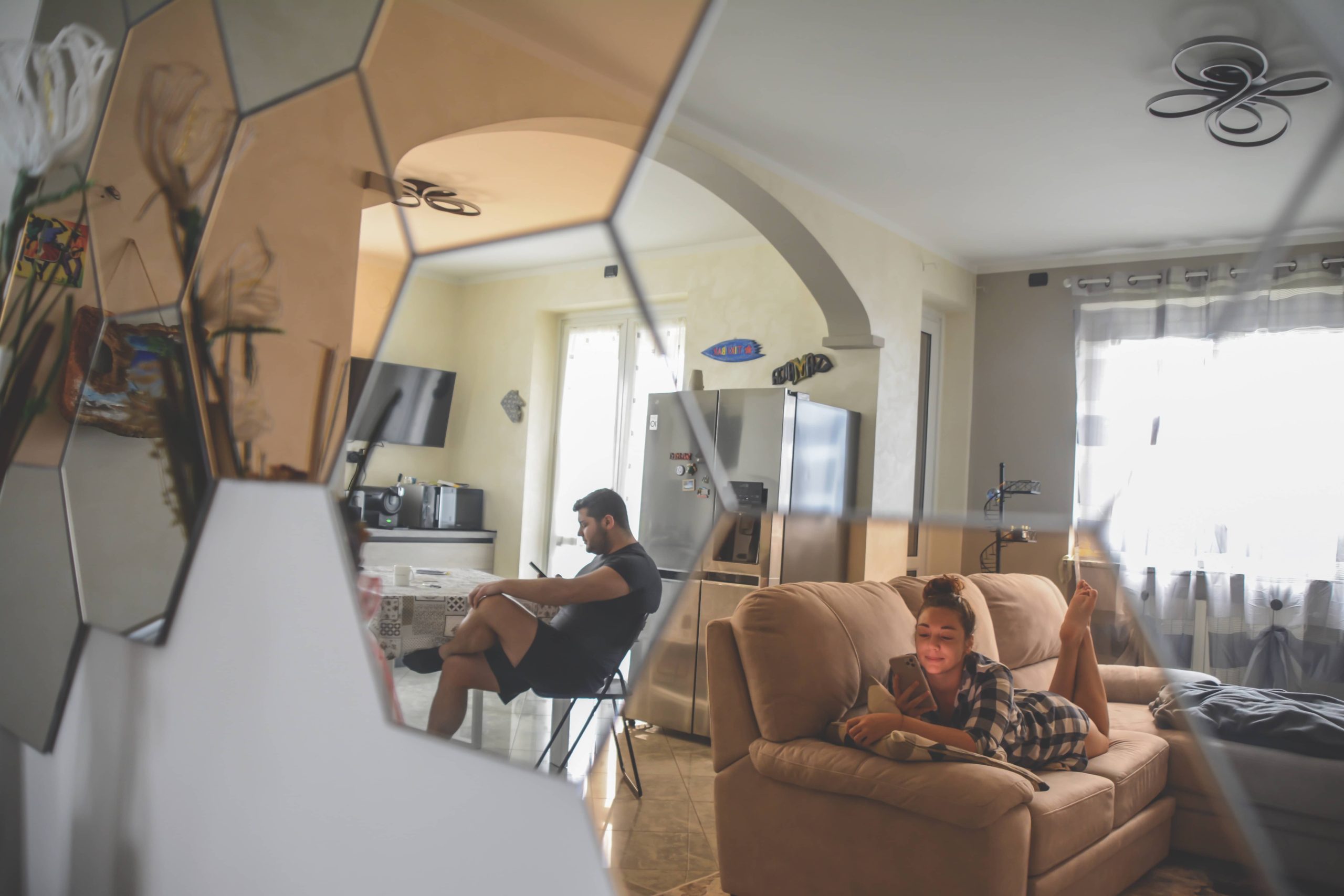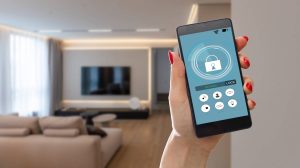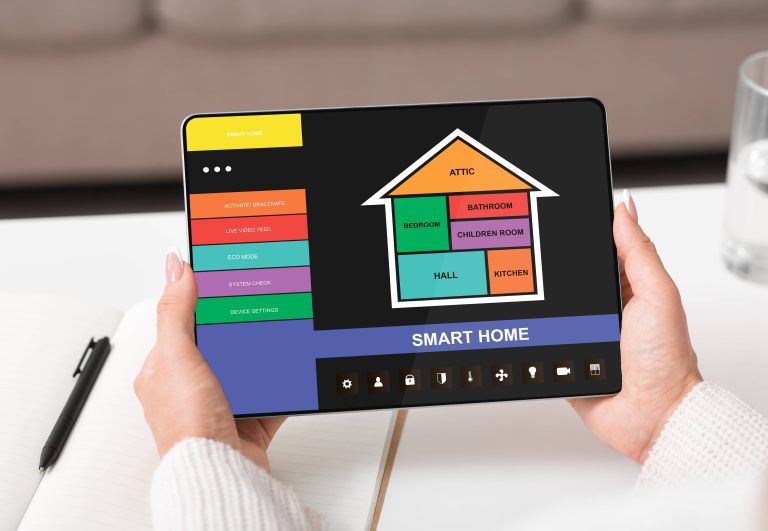
In the fast-paced world of today’s technology, it’s tempting to assume that every new gadget introduced into the smart home ecosystem is a must-have. As a dedicated follower of this trend, I’ve observed the consistent excitement and buzz around each new device. While many smart home innovations genuinely enhance our daily lives, there are some that might be overrated. These devices promise convenience and futuristic living but sometimes fail to deliver substantial value for their price tags. In today’s post, let’s explore some of these overrated smart home devices and evaluate whether they truly deserve a spot in your home.
1. Smart Refrigerators
Smart refrigerators are often heralded as the crown jewels of the modern kitchen. Equipped with touchscreens, internal cameras, and the ability to create shopping lists, they seem like a marvel. But let’s take a step back.
Do we need a refrigerator to suggest recipes or order groceries? Most households find these features redundant. Users often report that the cameras don’t offer clear views of items, rendering the meal-planning function virtually useless. The hefty price tag of a smart fridge doesn’t always justify its minimal added convenience, especially when compared to its traditional counterparts that can last long without connectivity issues.
2. Wi-Fi Enabled Kettles
Imagine waking up and commanding your kettle to make you a cup of tea or coffee. Sounds wonderful, right? Wi-Fi enabled kettles promise this luxury, but in practice, they are often more trouble than they are worth.
Firstly, the setup can be frustratingly complex, with Wi-Fi connectivity issues and app malfunctions. Waiting for the kettle to connect might take longer than simply flipping a switch manually. The incremental benefit of having a remote-controlled kettle doesn’t necessarily offer significant time savings either.
3. Smart Mirrors
Smart mirrors merge the functions of traditional mirrors with touchscreen capabilities, notifications, and even health tracking. While this may sound extremely futuristic, the public adoption has been relatively low.
The core functionality of a mirror – reflecting one’s image – doesn’t need to be enhanced with tech. Notifications and weather forecasts are more conveniently checked on a phone or tablet. The daily dependence on a screen-infused mirror is minimal, making it another overpriced decorative innovation rather than a practical smart device.
4. Smart Toasters
The novelty of smart toasters lies in their ability to be controlled via smartphone apps, saving preferences and offering customization levels unheard of in basic models. But when the point is to toast bread, such advancements seem excessive.
Users often find the configuration overly complicated and unnecessarily sophisticated for a routine activity. The difference in toasting a slice of bread via traditional means versus through smart tech doesn’t justify the added costs and complexities involved. The added “smartness” does not revolutionize the toasting process.
5. Smart Washing Machines
While smart washing machines demonstrate the integration of predictive maintenance and specific cycle customization via apps, the actual utility gained remains questionable for many users.
The features offered, such as remote start or cycle monitoring, are seldom used by the average household. Most people still prefer interacting directly with the appliance. The maintenance alerts are handy, but a well-maintained traditional washing machine can function similarly efficiently. Considering the high price point, the smart washing machine may not provide significantly improved performance enough to validate the extra cost.
6. Smart Pet Feeders
For pet owners, the idea of smart pet feeders providing automated feeding schedules and real-time monitoring can seem like a dream come true. However, it’s an area where technology often falters.
The unreliability of many smart pet feeders is a major drawback. Connectivity issues can inhibit feeding access, which could be extremely stressful for pet owners. Scheduled programming isn’t foolproof, and mechanical failures can negate the convenience. Traditional timed feeders can provide similar benefits without requiring IoT solutions.
7. Smart Light Bulbs
Smart light bulbs are a popular entry point into smart home automation. However, I dare to call them slightly overrated. While they offer beautiful color customizations and remote control, the primary benefit over traditional dimmable LED lights lies in color changing and integration with voice assistants.
For the average home, basic automation can be achieved with much simpler and more affordable solutions, such as timer plugs or standard remote-controlled LEDs. Over time, the novelty of color-changing features tends to wear off, leaving an expensive lighting system that doesn’t majorly outshine traditional options.
8. Smart Locks
Security is critical, and the idea of controlling access to your home via your smartphone is enticing. Smart locks promise convenience and enhanced security features, but they aren’t without problems.
Many users report connectivity issues, dead batteries at critical times, and sometimes even a delay between app commands and the door unlocking. These reasons might make people think twice about replacing reliable traditional locks with their smart counterparts. Furthermore, concerns about hacking also contribute to the hesitancy.
—
Conclusion
The smart home revolution has rolled out abundant innovative devices, but not all are essential or even practical. It’s crucial to evaluate the true value against the price and actual utility. While enjoying the fascinating world of smart home gadgets, it’s wise to discern necessity over novelty. Opt for those innovations that truly enhance your living experience rather than adding unnecessary complications. Most importantly, instead of buying into the hype, thoughtfully determine which smart devices genuinely fit into your lifestyle.







